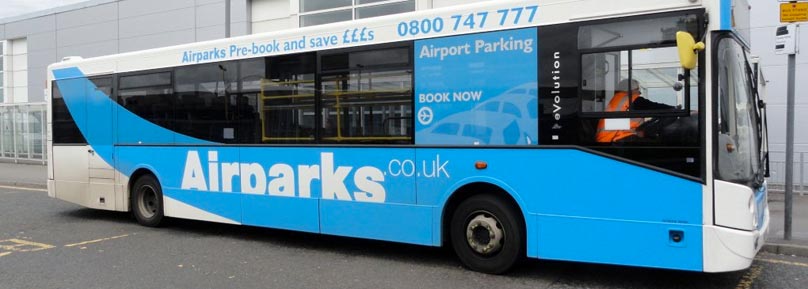Belfast Airport History
Belfast International Airport is the busiest airport in Northern Ireland, with more than 4.5 million travellers coming and going through its doors every year. Its roots can be traced back to early on in the 20th Century, when the airport was selected as a Royal Flying Corps training establishment during the First World War.
Early history
In 1922, when the First World War was over, Belfast International Airport began to be used for civil traffic. Flights went from the site to Chester, Isle of Man, Liverpool and Croydon. However, this brief spell of civil air service was to be short lived. The Second World War commenced, and the airport resumed its original function as a military base.
The airport was used by the RAF, and during the war, major work was carried out to replace existing runways. At the end of 1946, the site was officially named Northern Ireland’s Civil Airport.
Flights increased throughout the 1950s and 1960s. A new terminal was built, and was opened by the Queen Mother in October 1963. At the end of the decade, flights began regularly travelling to London Gatwick, and Aer Lingus introduced scheduled services to New York City.
Recent history
In the 1970s, Northern Ireland Airports Limited was formed, to operate and develop the airport and its facilities. Improvements were carried out on runways and Belfast Airport parking was expanded substantially. In 1981, passenger numbers reached 1.5 million.
Airlines such as EasyJet and Continental Airlines have formed bases at Belfast International and several new aircrafts became stored there. 2007 saw the highest number of travellers passing through Belfast International Airport in its entire history: almost 5.3 million.
Future plans for Belfast Airport
The future looks bright for Belfast Airport. In 2006 authorities at the airport published their master-plan for the following 25 years. In this plan, it was predicted that passenger levels could increase as high as 12 million people per year by 2030.

